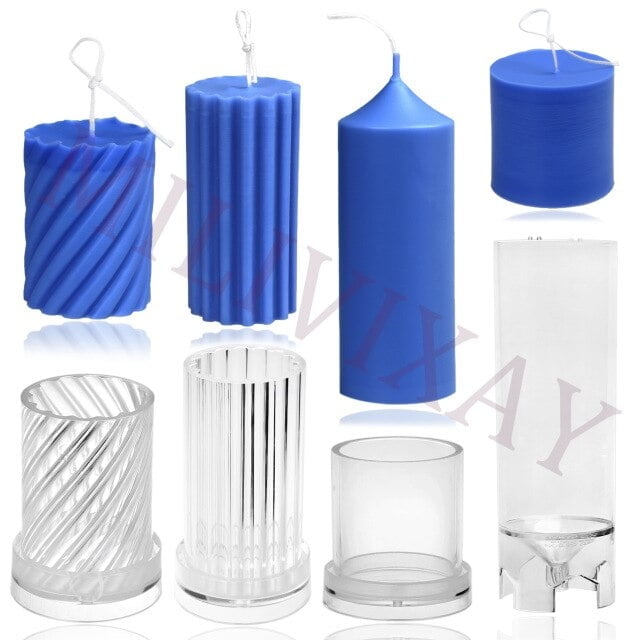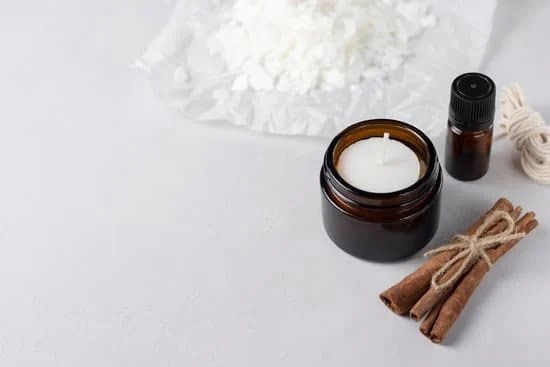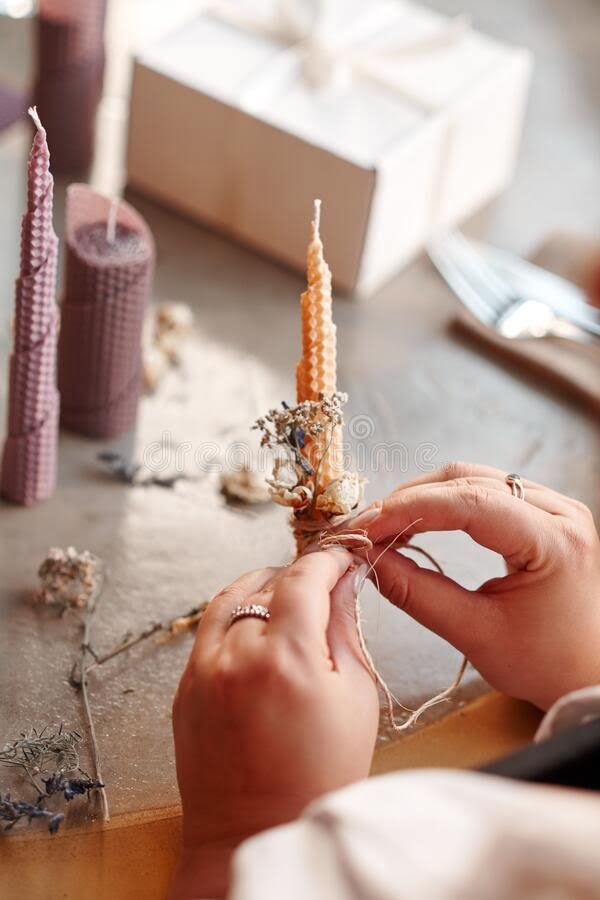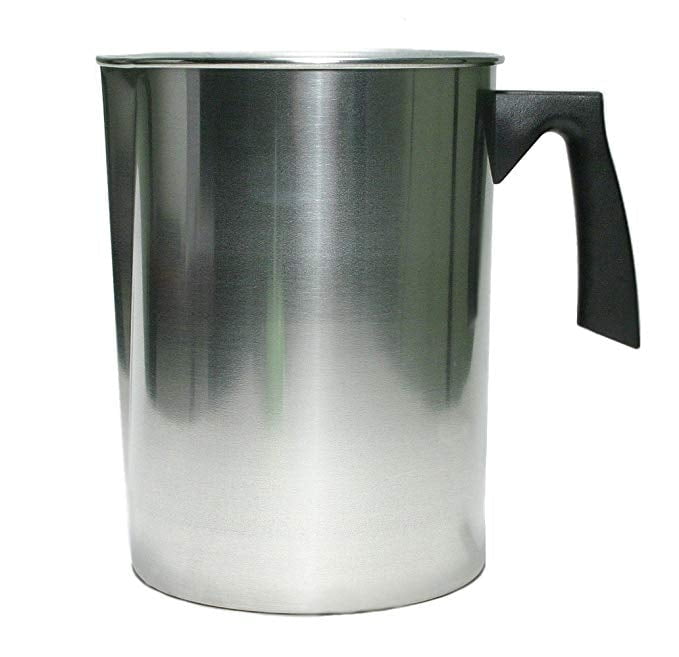Are you looking for a creative and eco-friendly hobby? Look no further than our natural candle making tutorial.
Making your own natural candles offers a unique and fulfilling experience, allowing you to customize scents, colors, and designs to create the perfect ambiance in your home. In this article, we’ll guide you through the process of making natural candles from start to finish, including gathering materials, selecting the right wax, choosing fragrance and essential oils, creating the perfect wick, the pouring process, and decorating and packaging.
When it comes to natural candle making, it’s important to gather the essential supplies to ensure a successful and enjoyable experience. From waxes to fragrance oils and wicks, we’ll discuss everything you need to get started on your candle making journey. Understanding the differences between soy wax, beeswax, and other natural waxes will help you choose the best option for your desired outcome.
In addition to creating a warm glow in your home, natural candles can also bring therapeutic benefits when using fragrances and essential oils. We’ll explore the benefits of using natural scents in candles and provide guidance on selecting the perfect combination for a soothing and aromatic experience. Whether you’re a beginner or an experienced candle maker, this tutorial will inspire you to create beautiful natural candles for yourself or as thoughtful gifts for loved ones.
Gathering Materials
Wax
The first and most important material you need for natural candle making is wax. Soy wax and beeswax are popular choices for those looking to make eco-friendly and natural candles. Beeswax is a natural substance that has a subtle honey-like aroma, while soy wax is derived from soybean oil and provides a clean and long-lasting burn.
Fragrance and Essential Oils
When making natural candles, it’s essential to use fragrance and essential oils that are free from synthetic chemicals. Look for high-quality essential oils that are derived from plants, flowers, or fruits to ensure a natural scent in your candles. These oils not only provide a pleasant aroma but also offer potential health benefits due to their natural properties.
Wicks and Containers
In addition to wax and fragrance, you will need wicks and containers for your candle making project. When choosing wicks, opt for ones made from cotton or other natural materials, as they burn cleanly without releasing harmful toxins into the air. As for containers, glass jars are a popular choice for natural candle making as they provide a safe and elegant way to display your candles.
By ensuring you have these essential supplies on hand, you’ll be well-equipped to start your natural candle making journey with confidence.
Selecting the Right Wax
When it comes to natural candle making, selecting the right wax is crucial in achieving the desired quality and properties of the candles. There are several options available, with soy and beeswax being two of the most popular choices. Understanding the differences between these natural waxes, as well as other options, will help you make an informed decision for your candle making project.
Soy Wax
Soy wax is a favorite among many candle makers due to its sustainability and clean-burning properties. Made from hydrogenated soybean oil, soy wax is biodegradable and free from toxins, making it an environmentally friendly choice. When used in candle making, soy wax typically produces a longer and cleaner burn compared to traditional paraffin wax.
Beeswax
Another popular natural wax option for candles is beeswax, which is harvested from beehives. Known for its natural honey scent and golden color, beeswax candles have a warm glow when lit. Beeswax also has air-purifying properties when burned, making it a great choice for those looking for natural air fresheners within their candles.
Other Natural Waxes
In addition to soy and beeswax, there are other natural waxes available for candle making, such as coconut wax, palm wax, and rapeseed wax. Each type of wax has its own unique characteristics in terms of burn time, fragrance retention, and appearance. It’s important to consider these factors when choosing the right wax for your natural candle making project.
By understanding the differences between soy, beeswax, and other natural waxes, you can make an informed decision based on your preferences for sustainability, burn time, scent throw, and overall aesthetic appeal in creating your own natural candles at home using this tutorial.
Choosing Fragrance and Essential Oils
When it comes to natural candle making, one of the most important decisions you’ll make is choosing the fragrance and essential oils for your candles. Natural scents not only add a beautiful aroma to your home, but they also offer therapeutic benefits. Here are some key points to consider when selecting fragrance and essential oils for your natural candles:
- Consider the benefits of essential oils: Essential oils are derived from plants and have various therapeutic properties. For example, lavender essential oil is known for its calming effects, while citrus essential oils can help uplift and energize the atmosphere.
- Understand the importance of natural fragrances: When making natural candles, it’s crucial to use fragrances that are free from synthetic chemicals. Natural fragrances, such as those derived from plant extracts, provide a cleaner and healthier option for scenting your candles.
- Explore different scent combinations: Get creative with combining different fragrance and essential oils to create unique scents for your candles. Whether it’s floral and herbal notes or woody and spicy undertones, experimenting with scent combinations can result in truly captivating aromas.
By carefully considering the fragrance and essential oils you use in your natural candle making process, you can create not only beautiful candles but also ones that offer holistic benefits for both yourself and those who enjoy them in their homes. Whether you’re looking to promote relaxation, boost energy, or simply fill your space with delightful scents, choosing natural fragrances will elevate the overall experience of using your handmade candles.
Creating the Perfect Wick
When it comes to creating the perfect natural candle, selecting and preparing the right wick is essential for a successful burn. Here are some tips for choosing and preparing wicks for your natural candle making project:
1. Determine the size of your candle: The size of your candle will determine the thickness and length of the wick you will need. Use a wick sizing guide to help you choose the right wick for your specific candle size.
2. Choose the right type of wick: There are different types of wicks available, including cotton, hemp, and wood. Each type of wick burns differently, so it’s important to consider the type of wax you are using and the desired burn time when choosing a wick.
3. Prepare the wick: Before placing the wick in your candle container, it’s important to prepare it properly. This may involve priming the wick with wax or attaching a wick sustainer at the bottom of the container to keep it in place during pouring.
By following these tips for selecting and preparing wicks for your natural candles, you can ensure that your candles burn evenly and effectively, providing a beautiful ambiance in your home with a delightful natural scent from essential oils.
The Pouring Process
Once you have everything set up, the first step in the pouring process is melting the natural wax. Using a double boiler or melting pot, gently heat the wax to the recommended temperature according to the type of wax you are using. It is important to monitor the temperature closely and avoid overheating the wax, as this can affect its scent throw and overall quality.
After the wax has melted to the appropriate temperature, it’s time to add your chosen fragrance or essential oils. Be sure to follow recommended guidelines for fragrance load percentages based on the type of wax you are using. Stir the oils into the melted wax thoroughly to ensure an even distribution of scent throughout the candle.
Finally, carefully pour the scented wax into your prepared containers with pre-waxed wicks in place. Be sure to secure the wick in place using a wick holder or other method to prevent it from moving during pouring. Allow the candles to cool and solidify completely before trimming the wick and enjoying your beautifully poured natural candles.
| Natural Candle Making Supplies | Benefits |
|---|---|
| Soy Wax | Biodegradable and clean-burning |
| Beeswax | Naturally fragrant and long-burning |
| Essential Oils | Natural scents with aromatherapy benefits |
Decorating and Packaging
When it comes to natural candle making, the decorative aspect is just as important as the creation process. Whether you are making candles for yourself or as gifts for others, the way they are presented can greatly enhance their appeal. There are many creative ways to decorate and package natural candles that not only make them look beautiful but also add a personal touch.
One popular way to decorate natural candles is by adding dried flowers, herbs, or citrus zest to the wax. This not only adds a lovely visual element but also infuses the candle with natural scents. Additionally, using eco-friendly packaging such as recycled paper or fabric can further emphasize the natural and sustainable aspects of your homemade candles.
Another creative idea for decorating and presenting natural candles is by incorporating unique containers or holders. Repurposing vintage jars, tins, or teacups can give your candles a charming and one-of-a-kind look. Furthermore, adding personalized labels or tags with hand-written notes can make each candle feel like a special and thoughtful gift.
Finally, consider creating a themed collection of natural candles for different occasions or seasons. For example, you could make a set of calming lavender-scented candles for relaxation or festive cinnamon-scented ones for the holiday season. By curating specific collections, you can offer a variety of options that cater to different preferences and moods.
| Idea | Description |
|---|---|
| Dried Flowers and Herbs | Add visual appeal and natural scents to your candles |
| Unique Containers | Repurpose vintage jars or teacups for a charming look |
| Themed Collections | Create sets of candles tailored for specific occasions or seasons |
Conclusion
In conclusion, the art of natural candle making offers a unique and rewarding experience for crafters and enthusiasts alike. The process of gathering materials, selecting the right wax, choosing fragrances and essential oils, creating the perfect wick, pouring the candles, and finally decorating and packaging them has its own appeal. There is a sense of satisfaction that comes with creating something beautiful and functional using natural ingredients.
Moreover, the enjoyment derived from using these handcrafted candles at home or presenting them as thoughtful gifts to friends and loved ones adds another dimension to the entire process. The aroma of natural scents filling your living space can create a cozy and relaxing atmosphere, while gifting someone with a homemade candle shows how much you care about their well-being.
Ultimately, whether you are looking to embrace a new hobby or seeking out environmentally-friendly alternatives to store-bought candles, this natural candle making tutorial provides a comprehensive guide that allows you to not only create beautiful products but also contributes to sustainable living practices. So why not give it a try? Start experimenting with different wax types, fragrances, and decorative techniques today to enjoy the satisfaction of creating your own natural candles.
Frequently Asked Questions
How Do You Make 100% Natural Candles?
Making 100% natural candles involves using ingredients like soy wax, beeswax, or plant-based waxes, along with natural essential oils for fragrance. Avoiding synthetic dyes and fragrances is essential to keep the candles truly natural.
What Are the Healthiest Homemade Candles?
The healthiest homemade candles are those made with non-toxic, eco-friendly materials such as soy wax, beeswax, or coconut wax. These candles often use pure essential oils for scent instead of synthetic fragrances, promoting better indoor air quality.
What Are the Best Ingredients for Homemade Candles?
The best ingredients for homemade candles include natural waxes like soy, beeswax, and coconut wax, as well as cotton wicks without lead cores. Adding in high-quality essential oils can provide a pleasing scent without the harmful effects of synthetic fragrances commonly found in store-bought candles.

Welcome to my candle making blog! In this blog, I will be sharing my tips and tricks for making candles. I will also be sharing some of my favorite recipes.





